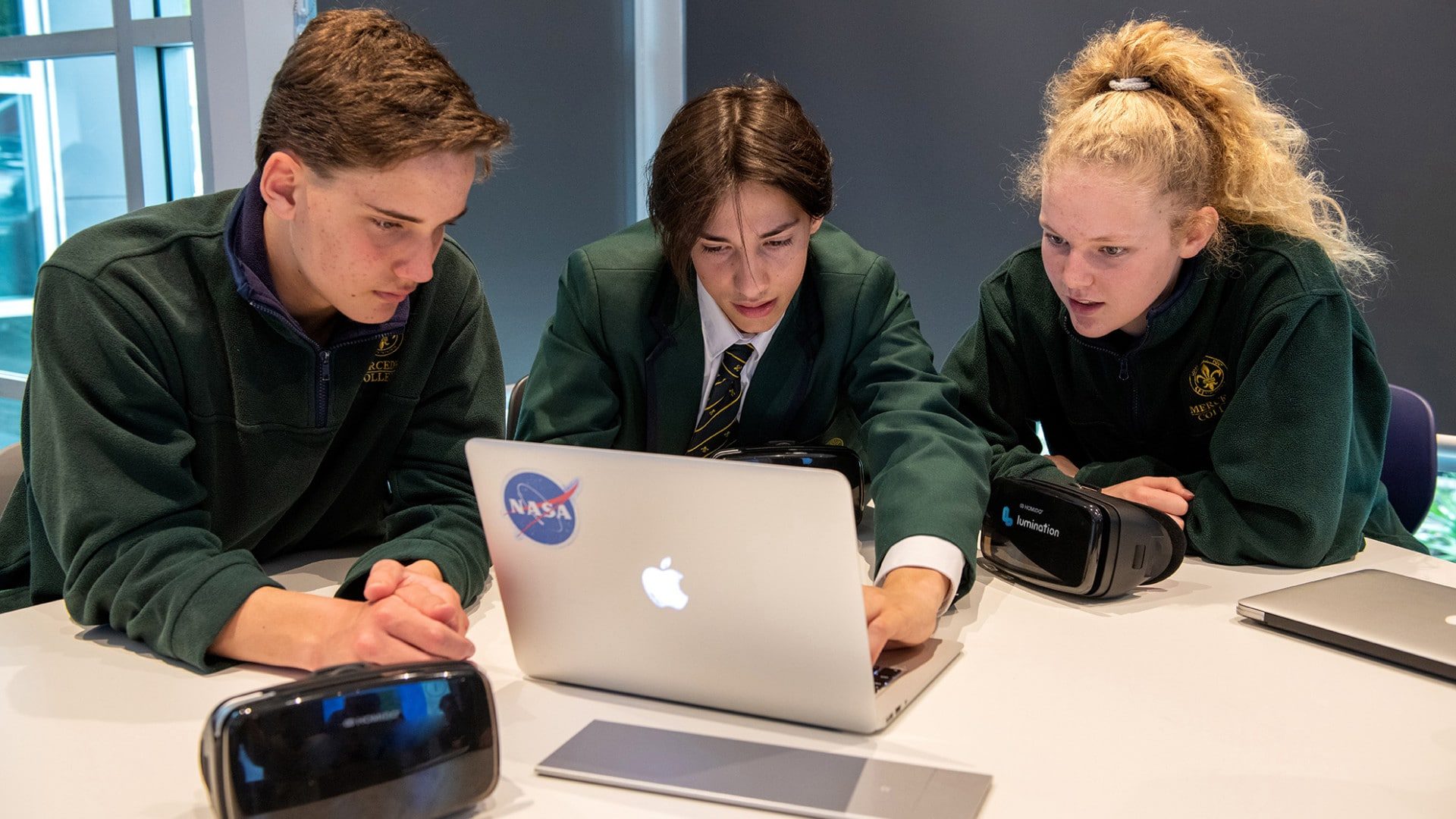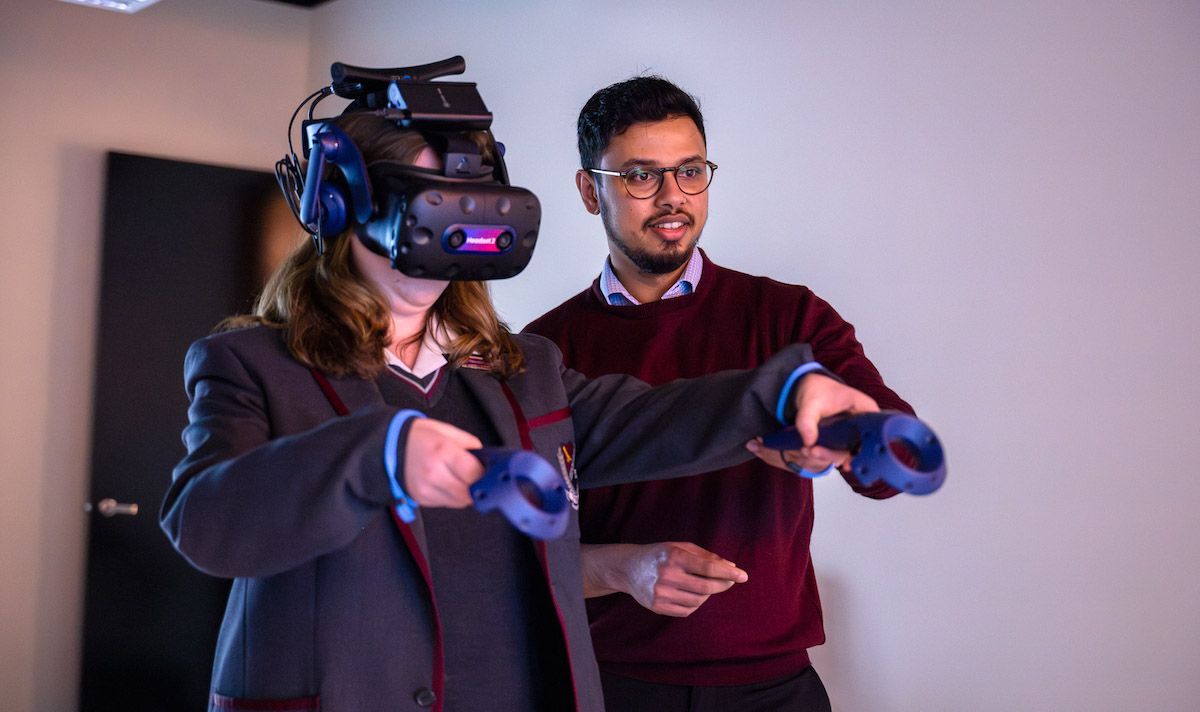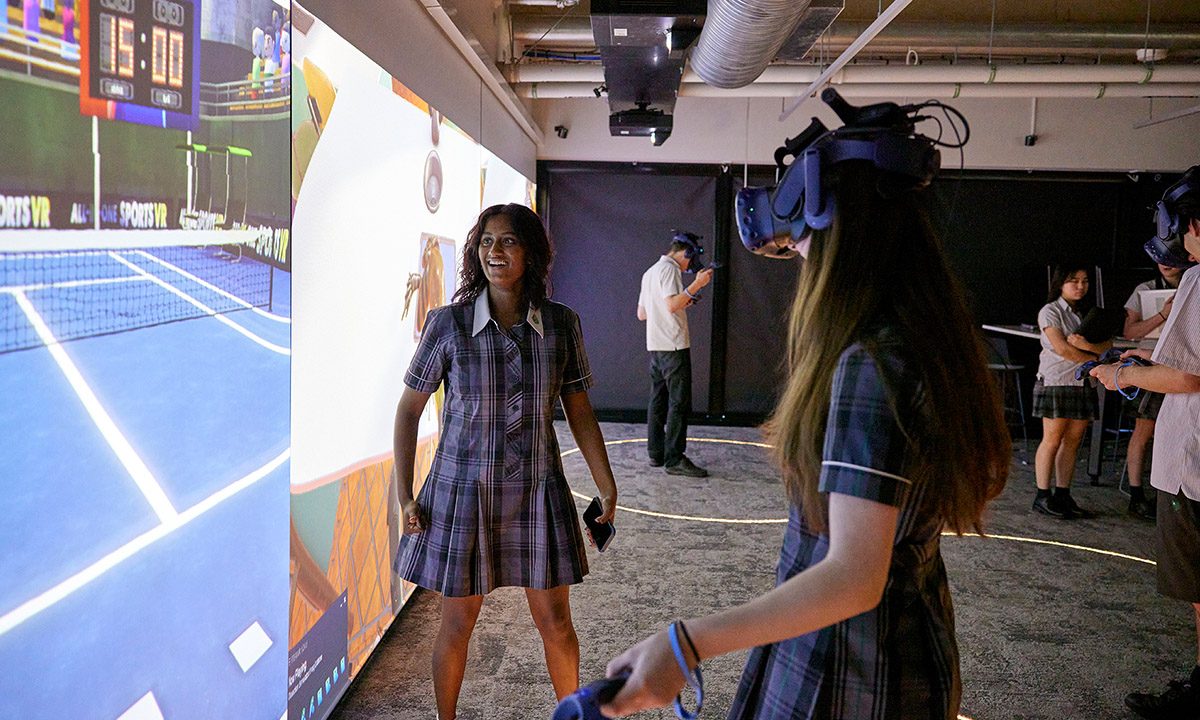Author: Dr Marissa Bond
Date: 22nd Apr 2022
As all of us speculate with starry eyes about the possibilities of technology in ten, twenty or fifty years’ time, one type of future tech is already having a tremendous impact on our schools today: artificial intelligence.
In 1968, Philip K. Dick wrote a futuristic novel set in January 2021: Do Androids Dream of Electric Sheep was a highly influential story, inspiring the film Blade Runner in 1982. Fast forward 53 years and we haven’t colonised Mars, we don’t fly to work in hover cars but, as Philip K. Dick predicted, artificial intelligence is having an increasingly significant impact on our daily lives.
Artificial intelligence (AI) is the ability of machines to mimic human capabilities in a way that we’d consider ‘smart’. Think self-driving cars, chatbots and voice recognition. It’s everywhere in our lives—and, for students, that includes the classroom.
We can all agree that the future is unknown. And with it, so is the future job market. However, there’s wholehearted agreement that the future will depend in some way on AI and that, in order to thrive in the workforce of tomorrow, today’s students will need to be literate in this type of technology.
While there is some concern around the privacy and security of data that belongs to students and teachers, along with reports of bias in some existing AI-driven platforms, AI has largely been embraced in lockstep with an evolving debate around ethics.
This grey area in itself offers an important starting point when working with students. A critical literacy step that asks students to recognise where AI is already active in society—while beginning to understand that its application can have positive and negative impacts.
Despite the concerns, there’s no doubt that AI offers practical learning opportunities and tangible outcomes for students and teachers alike as well as preparing students to be active participants in a rapidly progressing future.
The beauty of AI is that it can be integrated at any age and stage of the curriculum, and when it comes to using AI in the classroom, the easiest starting point is teaching students how to code.
While a Year 2 student may not code with the same sophistication as a Year 9, they can certainly benefit from a simplified lesson on how machines—or robots—make decisions, particularly if the lesson plan can be in some way linked to everyday life.
Early exposure to AI means students can grasp and master new ways of thinking earlier in life. This is particularly important given that the sector is continually evolving. An early introduction to basic AI concepts can set a solid foundation for life-long fluency and comprehension.

Learning how to code also allows students to develop a rich palette of life skills, such as:
Persistence – coding asks students to take complex problems and break them into smaller, more manageable parts.
Creativity – coding requires a different way of thinking and encourages looking for solutions that may seem at first unlikely.
Collaboration – coding invites students to learn alongside their peers, working to solve problems and build solutions together.
Communication – coding allows students to communicate in a simple and specific nonverbal language to the computer, while also giving them the opportunity to explain problems clearly with their peers.
Satisfaction – coding is logical but also creative, rewarding and fun; if you know how to code, you know how to develop astounding creations. The only limit is your imagination.
Robot kits like Alpha Mini can help students to learn and understand code, while enabling them to build and create new things.
We’re already seeing the ingenuity of Australian students as they learn more about AI in the classroom. For example, two Year 11 students from Werribee Secondary College in Victoria were state winners for an AI-powered wheelchair design in Microsoft’s AI for Good Schools Challenge late last year.
The ‘eChair’ helps users find the best route to their destination and features voice activation and braille, increasing its usability for a range of access needs. The students placed fourth in a national competition of 600+ entries—all responding to the call out for positive real-world AI designs.
While we don’t know what the future has in store for us 53 years from now, it certainly looks bright when in the hands of our creative and innovative students.
Find out more
Curious about how artificial intelligence can have a positive impact within your classroom? Get in touch with our team to here about our solutions.



